Looking for creative ways to communicate your science to the public or in a graphical abstract? Check out Cara Gomally’s comic.
Today’s blog post is a little different, a little more visual than what you usually see here: It’s a comic!
Dr Cara Gomally, a biology professor and cartoonist, explains in this blog post and comic why we should communicate science through comics and how you can get started.
If you have been wanting to communicate your science to a broader audience than is possible through research papers and conference talks, you’ll enjoy this comic.

And if you would like to make your own science comic after reading this, check out Cara’s free guide on making comics (without knowing how to draw)! Actually, I think a comic would also make an excellent graphical abstract for a journal paper!
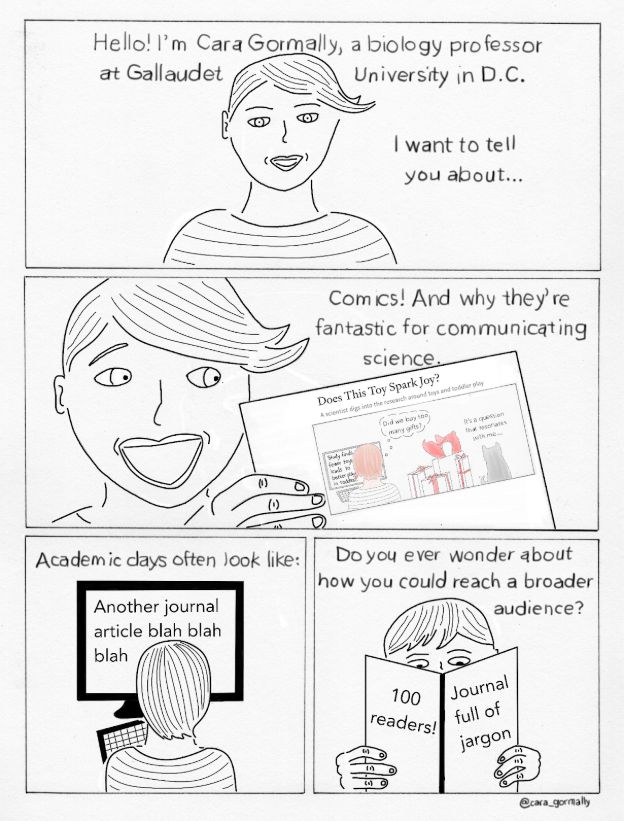
(Example comic: Does this toy spark joy? A scientist digs into the research around toys and toddler play)
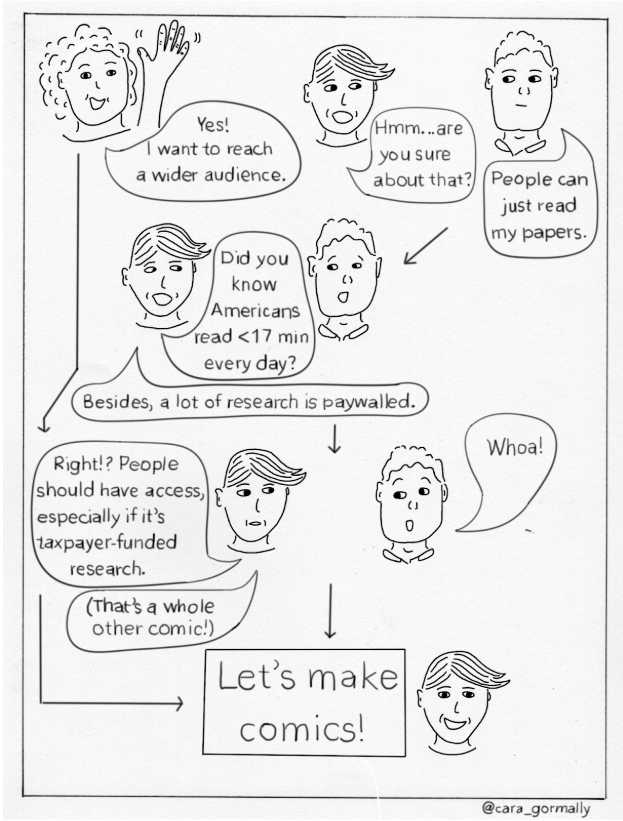
Footnotes:
Data about reading habits: Pew Research Center, 2019 & Statista.com Reading Habits in the U.S.—Statistics & Facts, 2019 On average, Americans aged 20-34 read <7minutes/day; older Americans spend 16.8 min/day.
Curious about the future of open access research? Check out this Vox article about the open access wars to make science freely available. Oh, and psst, check out SciHub and Unpaywall while you’re at it!
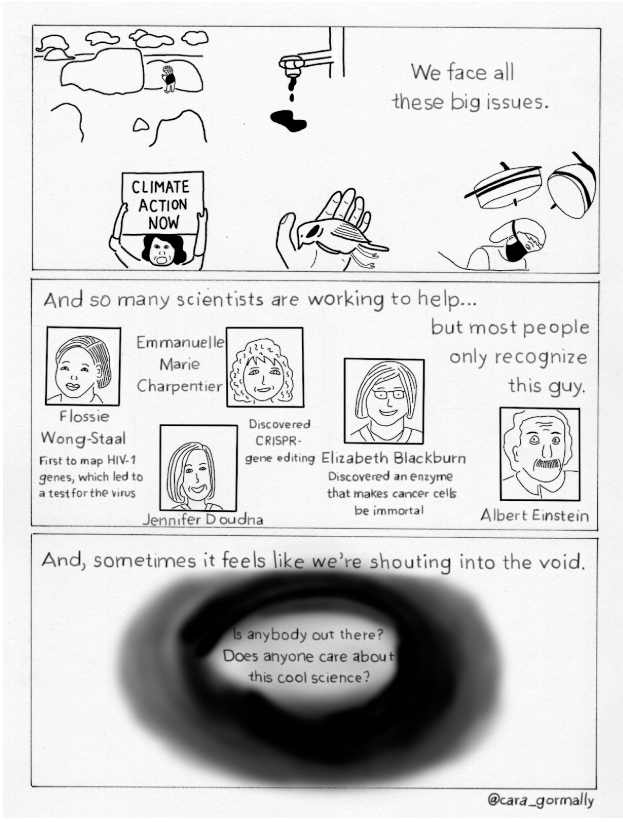
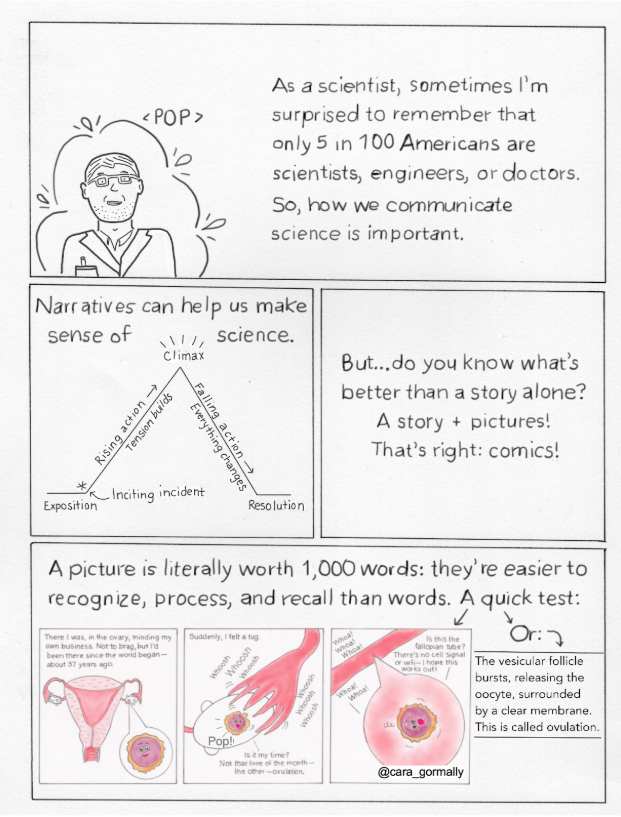
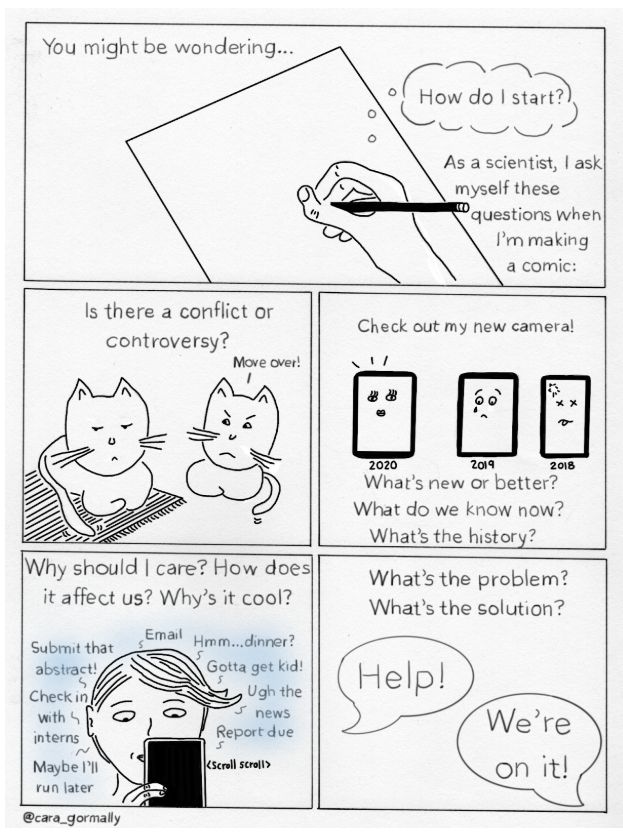
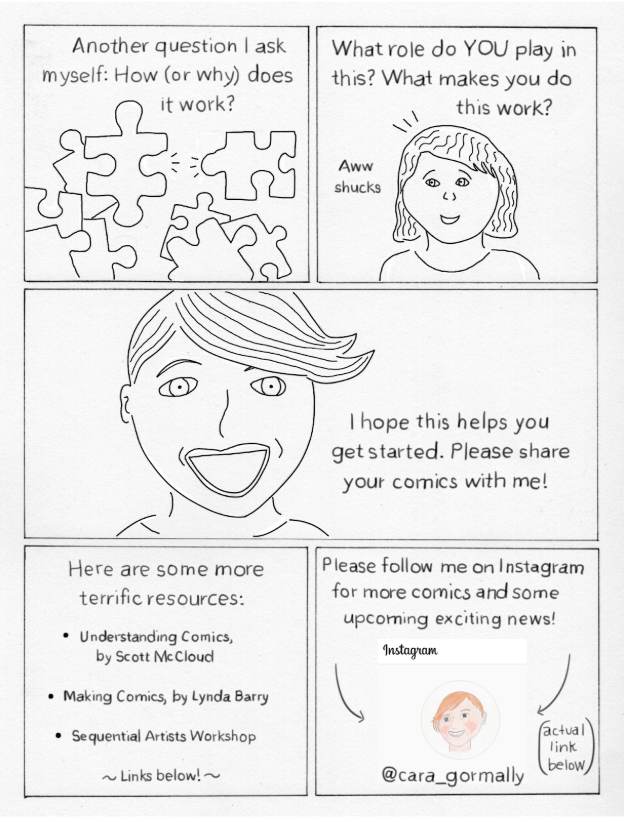

Curious about my process for making this comic?
Here it is, in a nutshell.
I started by brainstorming. I imagined my audience: scientists who are curious about using comics to communicate about science. I pondered: “What’s persuasive about comics? Why are comics awesome for communicating science? What would be helpful for folks who’ve never made comics before?”
Then, I created tiny sketches called thumbnails. Thumbnails are your guide. The sketches aren’t supposed to be perfect — just rough sketches. The idea is to create tiny sketches that are just good enough to convey what’s intended for each panel. Here’s my first draft of thumbnails:
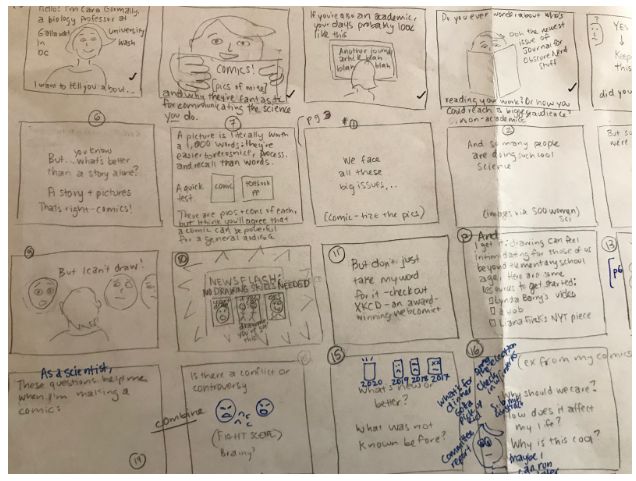
Then, after some reflection, I revised my thumbnails. I moved panels around, to improve the flow of the narrative. I also created a main thumbnail for each page. This thumbnail shows the page panel layout. Here’s an excerpt:
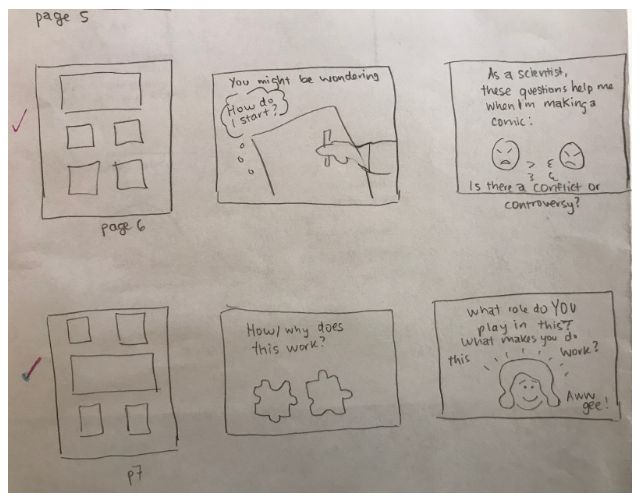
To make the comic, I used a non-photo blue pencil (this one) to draw on 11×14 paper (Strathmore Vision Mixed Media). I scanned my pages. Then, I inked, colored, and lettered my pages in Autodesk Sketchbook on an iPad.
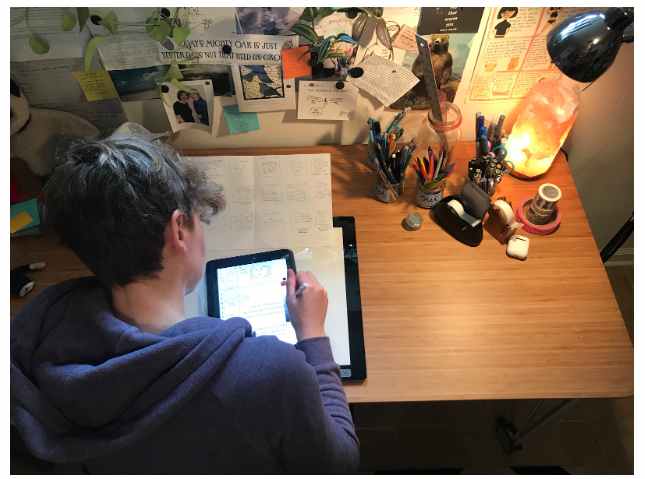
That’s my current process — but there’s no need to be fancy — pen and paper comics can be equally fantastic. Have fun & happy comic-ing!
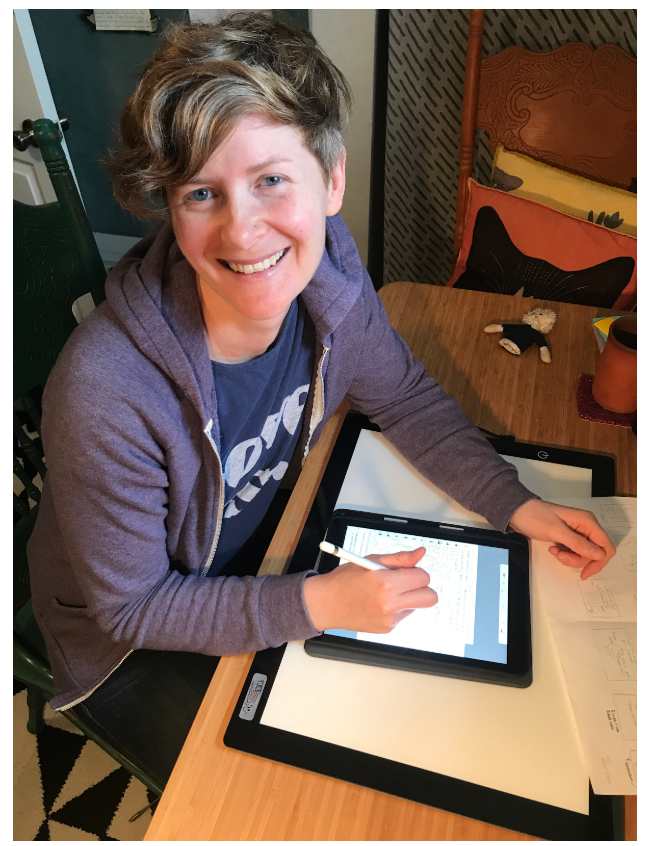
Click here to sign up for more comics & get a free how-to-guide for more comics-making help!
Additional Resources
How to draw comics when you can’t actually draw, by Chaz Hutton
Understanding Comics, by Scott McCloud
Sequential Artists Workshops — great online resources
Lynda Barry demonstrates a simple drawing technique
About the author
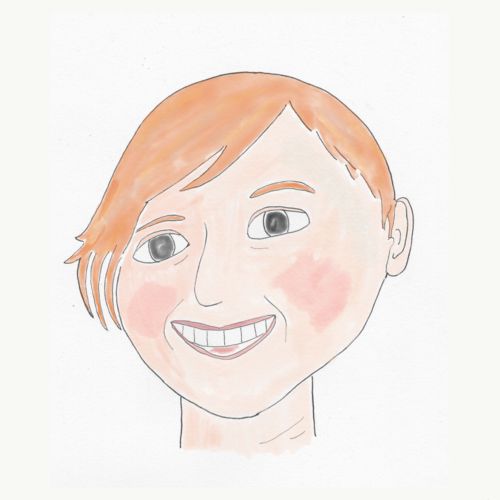
Cara Gormally is a biology professor and cartoonist. Her work focuses on science literacy for non-science majors, and understanding issues of access and identity in science education. Cara draws autobio comics that make science relevant to everyday life.
She lives in the Washington, D.C. metro area with her favorite mammals — her partner, a small human being, a tiny poodle, and an extra-large fluffy cat. When she’s not teaching or drawing, she loves gardening, running, and baking chocolate chip cookies.
Cara enjoys working with other scientists to share their science via comics. Her goal is to make the world a little bit better by making science interesting and approachable. For more comics and how-to’s, sign up for her newsletter at caragormally.com and check out her comics on her blog and Instagram @cara_gormally.


![Why You Should Communicate Your Science Through Comics and How to Get Started – A Comic [Guest Post]](https://annaclemens.com/wp-content/uploads/2024/03/ScienceThroughComics.jpg)




